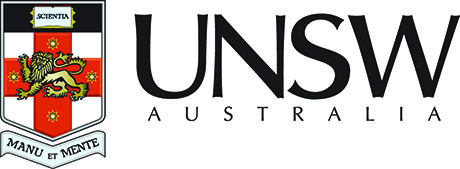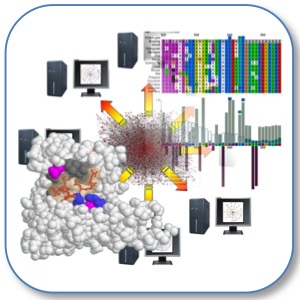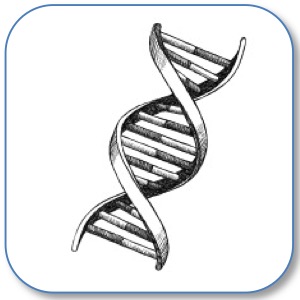

|
Edwards |
Tweets by @slimsuite
Whole genome sequencing of an anaerobic, dichloromethane-fermenting Peptococcaceae, “DCMF”, from an enrichment culture - Supplementary data
These data and tools are part of the supplementary material for the genome assembly of an unusual, dichloromethane-fermenting Peptococcaceae strain, DCMF. DCMF was isolated by the Manefield group at UNSW before being sequenced, assembled and annotated in collaboration with the Edwards lab. This site has four main navigation pages (see below):
| DCMF genome sequence search tool | Full JGI protein annotation table | Full NCBI protein annotation table | DCMF v1.0 WebApollo genome browser |
DCMF WebApollo Genome browser and search tool
The DCMF genome search server allows simple Exonerate or BLAST+ searches of DNA, CDS or protein sequences against the DCMF genome, linking results out to our WebApollo genome browser with Prokka, JGI and NCBI annotation. Links to the browser are also provided in the protein tables.
Additional protein annotation
Protein sequences were predicted using prokka, the JGI Genome Portal annotation pipeline and NCBI. Full tables of annotation are available for JGI and NCBI annotations. Each annotation includes links out to multiple sequence alignments and trees (see below) as well as the WebApollo genome browser. WARNING: These pages are big and may take a few seconds to load.
Proteins were further annotated via high-throughput homology searching, multiple sequence alignment and molecular phylogenetics
using HAQESAC and MulitHAQ.
For JGI proteins, putative taxonomic assignments for each protein were then made using
Each protein was subject to a BLAST+ (blastp)
search against all NCBI and JGI proteins annotated for DCMF, all bacterial proteins in the
UniProt Knowledgebase (download 2017-02-06), and the published proteomes for a set of closely related bacteria as identified from a 16S phylogeny (see paper for details). HAQESAC was used to
iteratively generate and clean up Clustal Omega multiple sequence alignments
to produce a high quality alignment against a set of close homologues. The neighbor-joining tree implementation of
Clustal W2 was used to make a phylogenetic tree.
(NOTE: These alignments and trees are designed to give an automated first look at a protein. Where individual
protein alignment and/or phylogenetic inference details are important, more careful analysis is recommended.)
© 2019 RJ Edwards. Contact: richard.edwards@unsw.edu.au.



